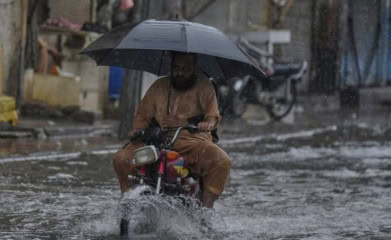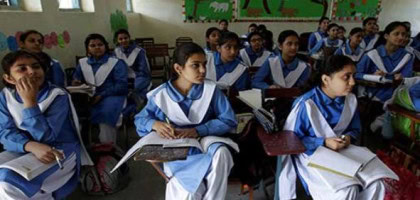GENEVA/NEW YORK – A new report shared today by International Labour Organization (ILO) and UNICEF reveals that 138 million children were still engaged in child labour as of 2024, with around 54 million involved in hazardous work that endangers their health, safety, or development.
While child labour has declined by nearly 50% since 2000, the world has missed its target to eliminate it by 2025, the agencies confirmed. The report, “Child Labour: Global estimates 2024, trends and the road forward,” comes just ahead of the World Day Against Child Labour (June 12) and the International Day of Play, underscoring that millions of children are still being denied their right to education, play, and a safe childhood.
The latest figures show a decline of over 20 million children in child labour since 2020—an important recovery after an increase seen between 2016 and 2020. Yet, the pace of change is not fast enough.
“Children belong in school, not in labour,” said ILO Director-General Gilbert F. Houngbo. “While progress offers hope, we must not ignore that millions are still being forced to work, especially in agriculture and other hazardous sectors.”
Sectoral and Regional Highlights
- Agriculture remains largest contributor, accounting for 61% of child labour globally.
- The services sector follows at 27%, including street vending and domestic work.
- Industry, including mining and manufacturing, accounts for 13%.
- Asia and the Pacific saw the sharpest drop, cutting child labour from 49 million to 28 million.
- Latin America and the Caribbean remained steady in prevalence, but saw a small drop in numbers.
- Sub-Saharan Africa bears the greatest burden, with 87 million children affected—nearly two-thirds of the global total.
Despite a slight decrease in prevalence, population growth, conflict, and limited social protection systems have prevented real reductions in Sub-Saharan Africa.
The report also highlights a gender dimension: boys are more likely to be involved in child labour, but when unpaid household work of over 21 hours per week is included, girls are equally or more affected.
“Far too many children are still working in fields, factories and homes, instead of learning and playing,” said UNICEF Executive Director Catherine Russell. “Legal safeguards, strong social protection, and quality education are key to ending child labour for good.”
To accelerate progress, UNICEF and ILO urge global and national leaders to expand social safety nets, including universal child benefits.
Strengthen child protection systems and services. Guarantee universal access to quality education, especially in rural and conflict-affected areas. Ensure decent work for adults and youth. Enforce laws and corporate accountability across global supply chains.
The cut in child labour from 246 million to 138 million shows that progress is possible. But to eliminate child labour within the next five years, progress must accelerate 11-fold.
With global funding for education, data, and social protection under pressure, the report warns that hard-won gains could be reversed unless urgent action is taken.
PBC, UNICEF, and UN Women Push for Family-Friendly Work Environments in Pakistan



















